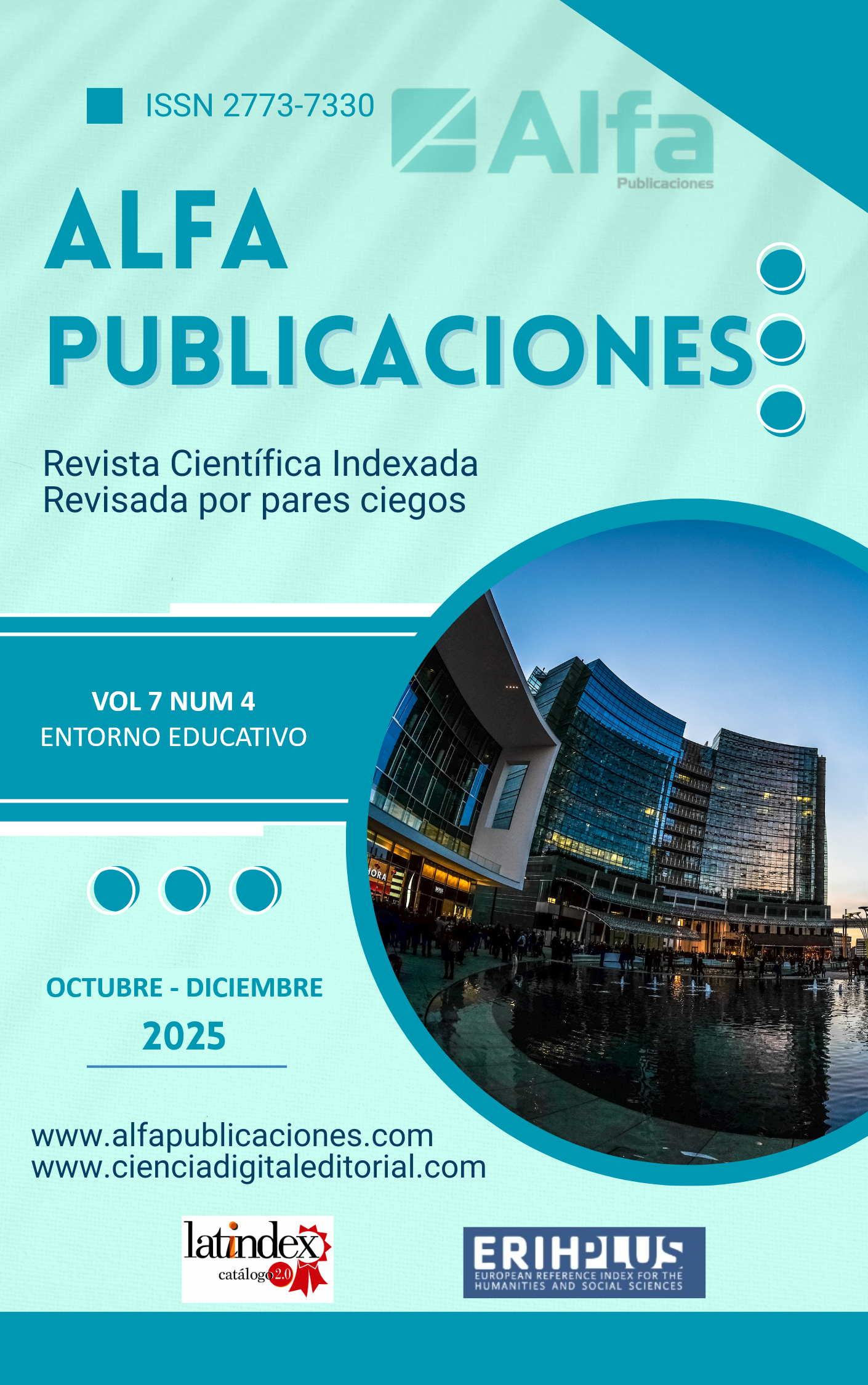Digital tools to strengthen the teaching and learning process of mathematics in students with dyscalculia
Main Article Content
Abstract
Introduction. The purpose of this research is to establish the contribution that the digital tool PhET provides to the learning of mathematics for students with educational needs, specifically dyscalculia. Objective. To analyze the impact of the use of the digital tool PhET on the teaching-learning processes of fifth-grade students with special educational needs (SEN) at the Tente Educational Unit, Gustavo Ledesma, Guayas, Ecuador. Methodology. The research consisted of eight students diagnosed with dyscalculia by the Department of Student Counseling (DECE) and the Ministry of Public Health (MSP), and eight mathematics teachers at the public educational institution Tente. Gustavo Ledesma, located in Recto Las Cañas, Lomas de Sargentillo Canton, Guayas Province, Ecuador. These students were diagnosed with dyscalculia through a psychopedagogical evaluation by the DECE (Department of Student Counseling) and with the authorization of their legal representatives. A mixed approach was adopted, combining quantitative and qualitative analysis. The quantitative component included diagnostic and summative mathematics tests and a learning assessment rubric, while the qualitative component incorporated participatory observation, a reflective journal, and semi-structured interviews with teachers. The study, of applied nature and quasi-experimental design, implemented the digital tool PhET Interactive Simulations as a pedagogical strategy to evaluate its impact on academic performance and explore perceptions about its applicability in inclusive contexts. Results. A pre- and post-test was conducted, using the student’s t-test to measure learning, yielding a P value of 0.000003964. Cronbach's alpha was used as a reliability factor for the survey, yielding Cronbach’s alpha of 0.8886. Conclusion. The use of the PhET tool had a remarkably significant impact on improving the academic performance of students with special educational needs, particularly those diagnosed with dyscalculia. Following its implementation, students saw increased accuracy and speed in solving elementary mathematical operations such as simple addition, subtraction, and multiplication, as well as an understanding of basic numerical concepts. General area of study: Education and Mathematics. Specific area of study: Mathematics Didactics. Type of study: Original articles
Downloads
Article Details
dssfdsf
dsfdsf

